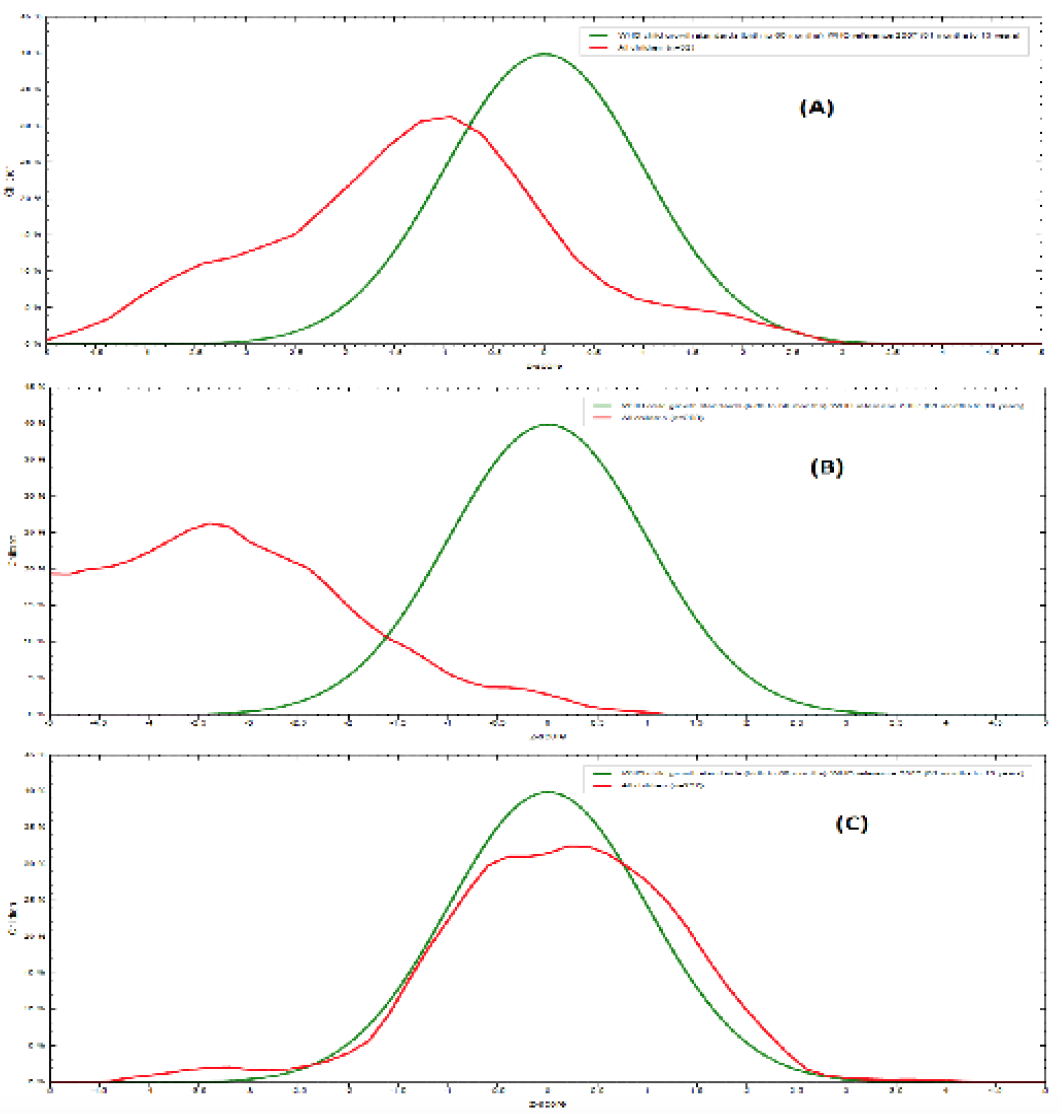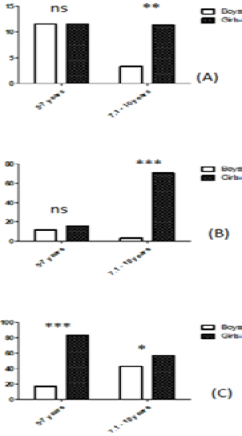Association of Dietary Intake with Nutritional Status of School-Going Children (5-10 years) in District Charsadda
Attaullah Jan1*, Saleem Khan2, Iftikhar Alam1, Farzeen Khan3 and Muhammad Farooq4*
1Human Nutrition and Dietetics, Department of Agriculture, Bacha Khan University, Charsadda, Khyber Pakhtunkhwa, Pakistan; 2Department of Human Nutrition, Faculty of Nutrition Sciences, the University of Agriculture, Peshawar, Khyber Pakhtunkhwa, Pakistan; 3Department of Community Health Sciences, Peshawar Medical and Dental College, Warsak Road Peshawar, Khyber Pakhtunkhwa, Pakistan; 4College of Food Science and Engineering, Northwest A and F University, Yangling, Shaanxi 712100, PR China.
*Correspondence | Muhammad Farooq and Attaullah Jan, College of Food Science and Engineering, Northwest A and F University, Yangling, Shaanxi 712100, PR China; Human Nutrition and Dietetics, Department of Agriculture, Bacha Khan University, Charsadda, Khyber Pakhtunkhwa, Pakistan; Email:
[email protected], a
[email protected]
Figure 1:
(A) Weight-for-age z-score in comparison to WHO child growth standards; (B) Height for age z-score in comparison to WHO child growth standards; (C) BMI for age z-score in comparison to WHO child growth standards.
Figure 2:
Prevalence of underweight (A), stunting (B) and thinness (C) in boys vs girls in two age groups.






